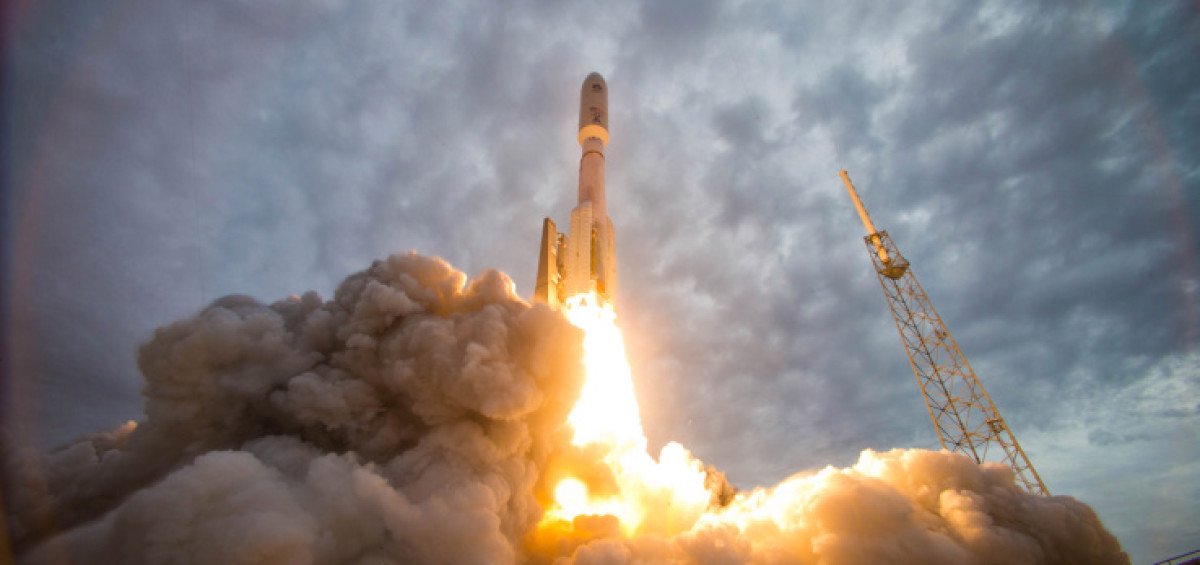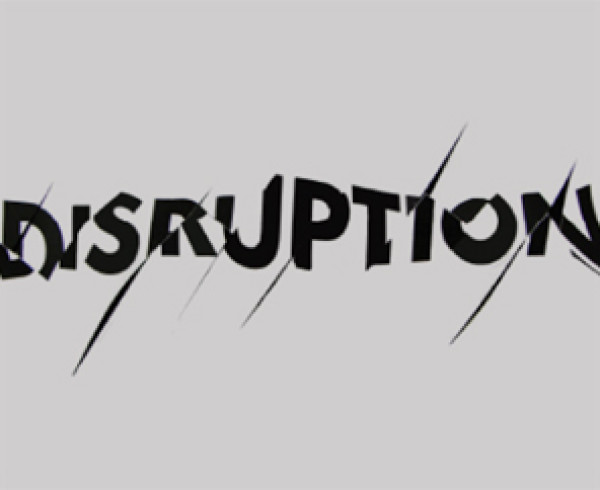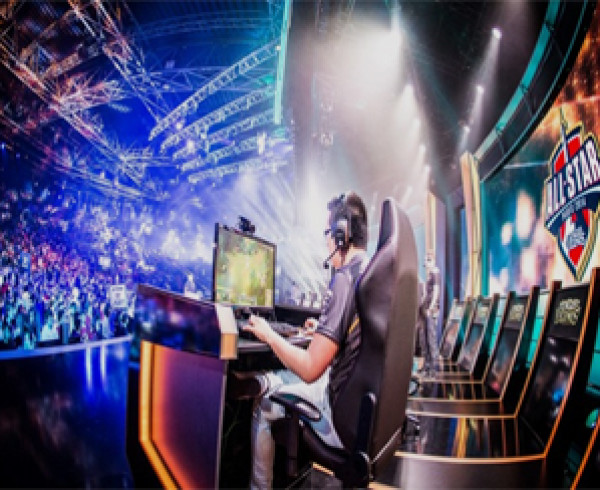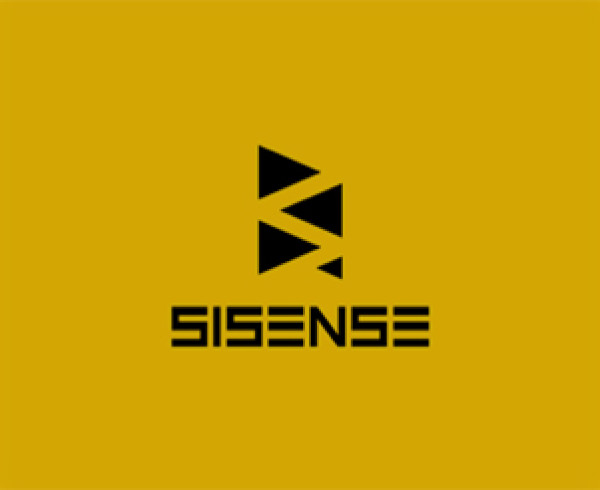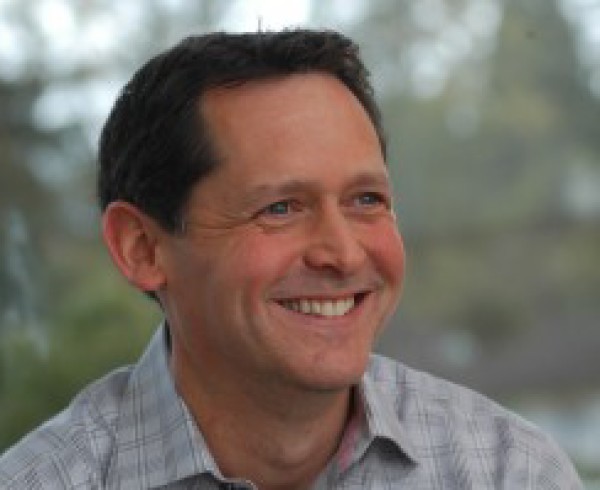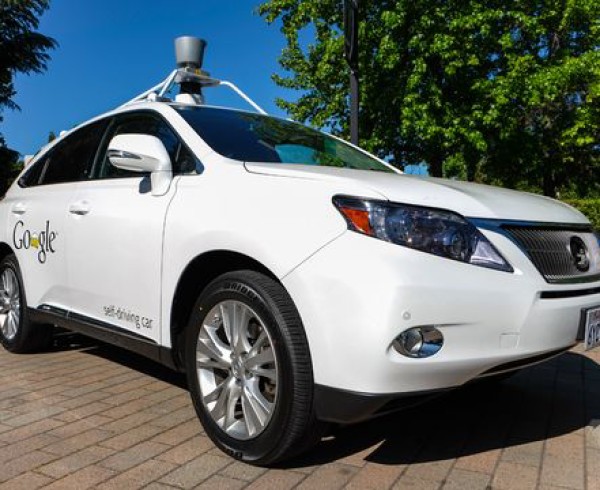Emily Calandrelli is a producer and the host of FOX’s Xploration Outer Space.
Last week the space tourism company Blue Origin became the first company to launch a rocket into space and land it safely back down on the ground. The concept seems simple enough. Yet, to the space industry, this is an historic accomplishment because it means a big step toward rocket reusability.
Blue Origin founder, Jeff Bezos, announced the feat with his very first tweet.
Currently, there are no working reusable rockets on the market. When you launch something into space on a rocket it’s a one and done mission.
You throw away nearly the entire launch vehicle, which means millions of dollars going to waste. SpaceX CEO Elon Musk has likened this to throwing away a $300 million 747 after just one flight.
We can imagine how expensive airplane tickets would be if that were the case. Some have estimated that a reusable rocket could cut the cost of a launch 100 fold. To be certain, this would be a true game changer for the space industry.
However, the space industry is more diverse today than ever before and not all reusable rockets are created equal. After Blue Origin’s successful test many suggested that SpaceX, who is working on their own reusable orbital rocket, was falling behind.
SpaceX has attempted to softly land the first stage of its Falcon 9 rocket after returning from space on a barge in the ocean two separate times. Both tests ended in explosions. Musk was quick to point out the difference between his Falcon 9 and Bezos’ New Shepard shortly after congratulating the Blue Origin founder.
Blue Origin’s suborbital rocket, New Shepard, is designed to carry up to six paying passengers briefly to space (100 kilometers altitude) and right back down to the ground. SpaceX rockets are designed to be able to bring payloads into, not just orbit, but all the way up to geostationary transfer orbit (or GTO as Musk refers to in his tweet), which can be as high as 90,000 kilometers altitude.
As one can imagine, these two different altitudes require very different rocket capabilities. Musk points out that getting to space only requires Mach 3 speeds while traveling to GTO requires Mach 30.
However, it is important to note that the first stage that SpaceX is attempting to recover is not reaching this altitude or speed. In fact the Falcon 9 first stage doesn’t reach orbit before it is landed and recovered.
Musk acknowledged this but noted that the Falcon 9 first stage is a bulkier rocket than New Shepard.
Blue Origin spokesperson, Jessica Pieczonka, said “SpaceX is only trying to recover their first stage booster, which is of course suborbital. The SpaceX first stage does an in-space deceleration burn to make their re-entry more benign. If anything, the Blue Origin booster may be the one that flies through the harsher re-entry environment. Finally, the hardest part is probably the final landing segment which is the same for both boosters.”
The two companies seem determined to compare themselves to each other, even though it’s a bit like comparing apples to oranges. The SpaceX Falcon 9 flies to an altitude of 124 miles, compared to New Shepard’s 62 mile peak altitude. Additionally, Falcon 9 is traveling around Mach 6 before falling back to Earth.
In addition to the peak altitude and speed difference, the Falcon 9 first stage is also is a completely different orientation before coming in for landing. While New Shepard remains mostly vertical, the Falcon 9 first stage is in a horizontal configuration, requiring SpaceX to do a complex flip maneuver before it comes in for a vertical landing.
This XKCD article explains that, “getting to space is easy. The problem is staying there.” Staying there requires a vehicle to go very, very fast, which is why SpaceX rockets are larger and more powerful than the spacecraft and rockets from suborbital companies like Blue Origin or even Virgin Galactic. Musk goes on to taunt Bezos by stating that SpaceX already achieved successful VTOL (Vertical Take Off and Landing) rocket tests back in 2013.
This is a bit misleading. Blue Origin is still the first company to successfully complete a VTOL test where the rocket actually reached space. The first part of Musk’s tweet refers to the SpaceX Grasshopper program which completed multiple successful VTOL tests, but the rocket was only launched to as high as 744 meters, less than 1% the altitude that the New Shepard rocket reached.
Musk’s second sentence refers to SpaceX’s tests to launch the Falcon 9 to orbit and bring back the first stage to land softly on barge in the ocean. None of these tests so far have been successful.
So while Blue Origin successfully completed a VTOL spaceflight and SpaceX has yet to successfully complete one of their own, it’s not entirely fair to compare the two companies’ achievements to date. Their successes could be considered separate unique milestones on two different paths.
Blue Origin is positioning themselves to sell directly to customers (wealthy space tourists) whereas SpaceX has positioned themselves to sell to large companies and the government (Orbital Sciences, NASA, Air Force, etc). These two strategies require vastly different rocket capabilities.
Even so, whatever type of rocket is being built, adding in the capability of reusability is a new, formally unachievable feat. With the news of New Shepard’s successful VTOL test, Blue Origin has started on the path of changing the very nature of rocket launches for suborbital flight.
Original Source: http://techcrunch.com/2015/11/29/dont-compare-blue-origins-success-to-spacexs-failures/

